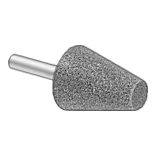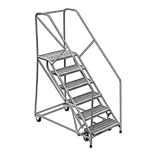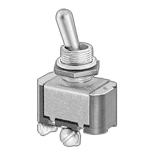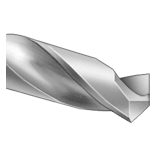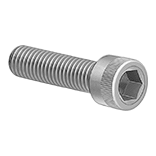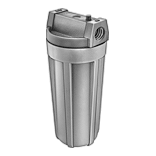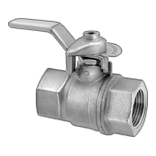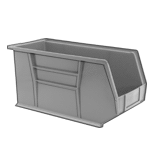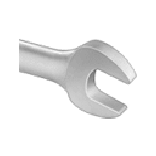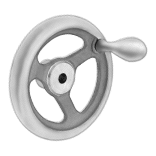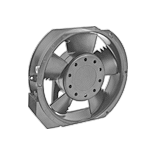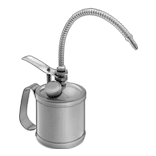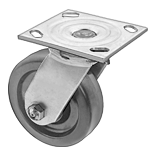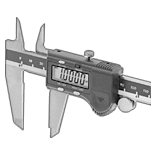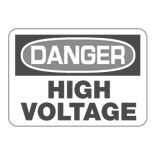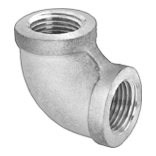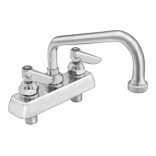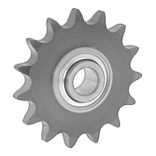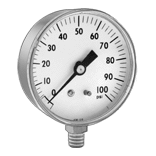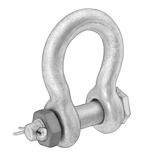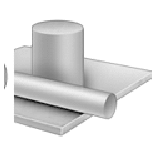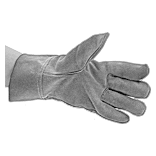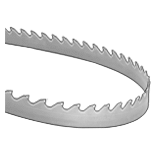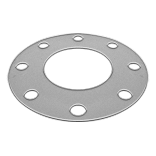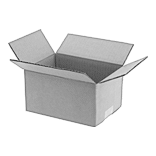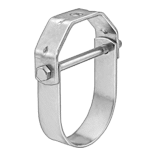Filter by
System of Measurement
Output Voltage
Input Voltage
Mounting Location
Efficiency @ Voltage
Depth
DFARS Specialty Metals
Electrical Connection
Electrical Phase
Export Control Classification Number (ECCN)
Input Connection Type
Input Electrical Connection
Maximum Output Noise Peak-to-Peak
Maximum Temperature
Minimum Temperature
Mounting Hole Diameter
Number of Mounting Holes
Output Connection Type
Output Electrical Connection
Power
REACH
DC to DC Power Converters
Screw-Terminal Input and Output Connection—2 Output Power Connections
Output | |||||||||||||||||||||||||||||||||||||||||||||||||||||||||||||||||||||||||||||||||||||||||||||||||||
|---|---|---|---|---|---|---|---|---|---|---|---|---|---|---|---|---|---|---|---|---|---|---|---|---|---|---|---|---|---|---|---|---|---|---|---|---|---|---|---|---|---|---|---|---|---|---|---|---|---|---|---|---|---|---|---|---|---|---|---|---|---|---|---|---|---|---|---|---|---|---|---|---|---|---|---|---|---|---|---|---|---|---|---|---|---|---|---|---|---|---|---|---|---|---|---|---|---|---|---|
Voltage, V DC | Current, amp | Power, W | Max. Output Noise Peak-to-Peak | Ht. | Wd. | Dp. | Mounting Fasteners Included | Protections Provided | Each | ||||||||||||||||||||||||||||||||||||||||||||||||||||||||||||||||||||||||||||||||||||||||||
Single Phase—9V DC to 36V DC Input Voltage | |||||||||||||||||||||||||||||||||||||||||||||||||||||||||||||||||||||||||||||||||||||||||||||||||||
| -5, 5 | 1.5 | 15 | 150 mV DC | 3.7" | 2.1" | 1.1" | No | Overcurrent | 00000000 | 000000 | |||||||||||||||||||||||||||||||||||||||||||||||||||||||||||||||||||||||||||||||||||||||||
| -5, 5 | 2 | 20 | 150 mV DC | 4.6" | 2.1" | 1.1" | No | Overcurrent, Overvoltage | 00000000 | 00000 | |||||||||||||||||||||||||||||||||||||||||||||||||||||||||||||||||||||||||||||||||||||||||
Single Phase—18V DC to 76V DC Input Voltage | |||||||||||||||||||||||||||||||||||||||||||||||||||||||||||||||||||||||||||||||||||||||||||||||||||
| -5, 5 | 1.5 | 15 | 150 mV DC | 3.7" | 2.1" | 1.1" | No | Overcurrent | 00000000 | 00000 | |||||||||||||||||||||||||||||||||||||||||||||||||||||||||||||||||||||||||||||||||||||||||
| -5, 5 | 2 | 20 | 150 mV DC | 4.6" | 2.1" | 1.1" | No | Overcurrent, Overvoltage | 00000000 | 00000 | |||||||||||||||||||||||||||||||||||||||||||||||||||||||||||||||||||||||||||||||||||||||||
